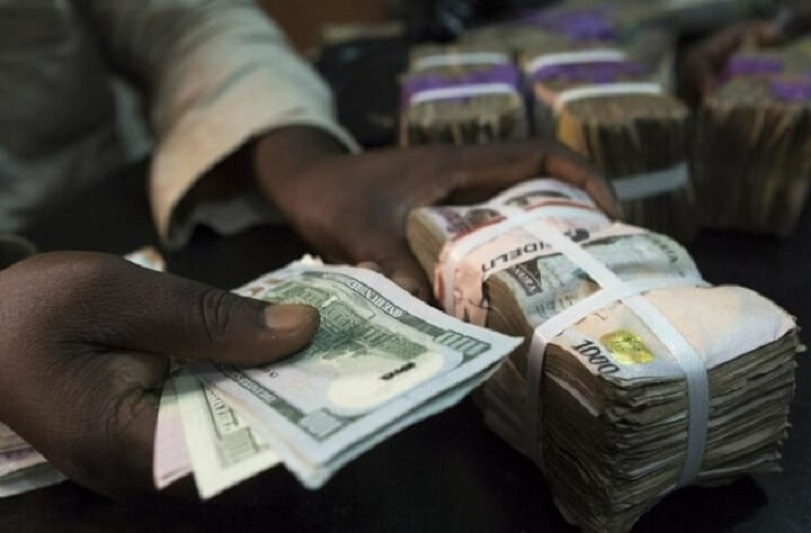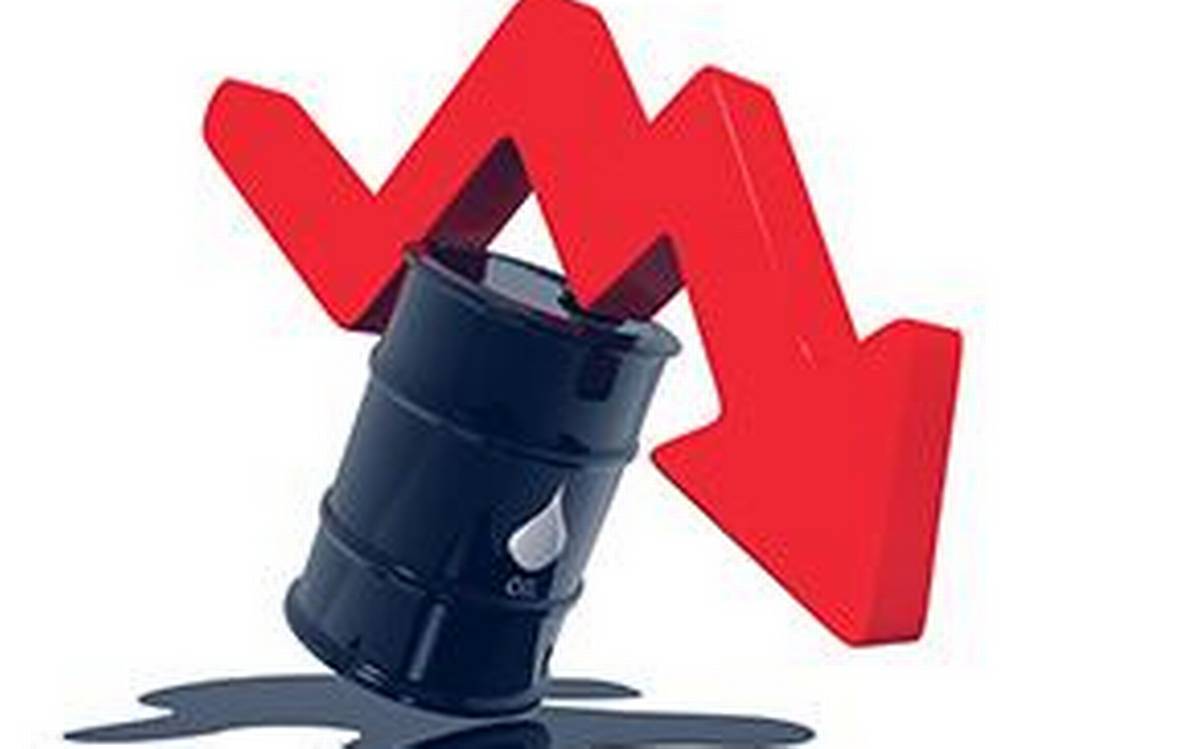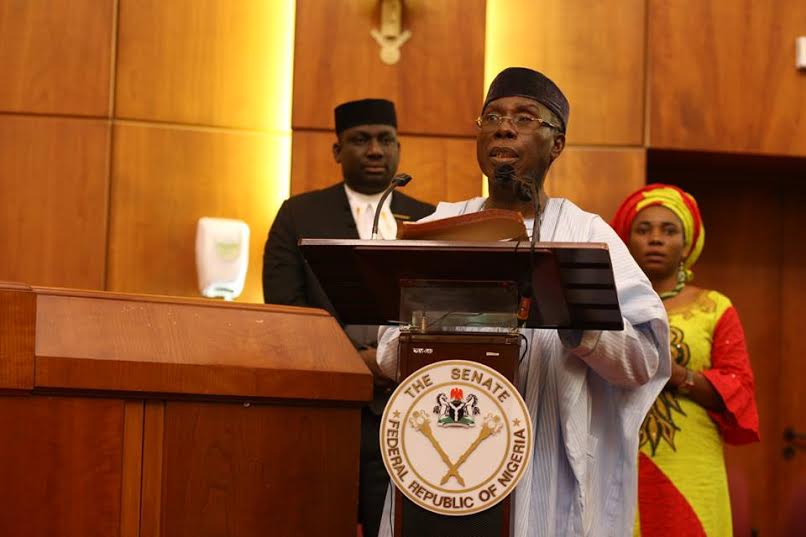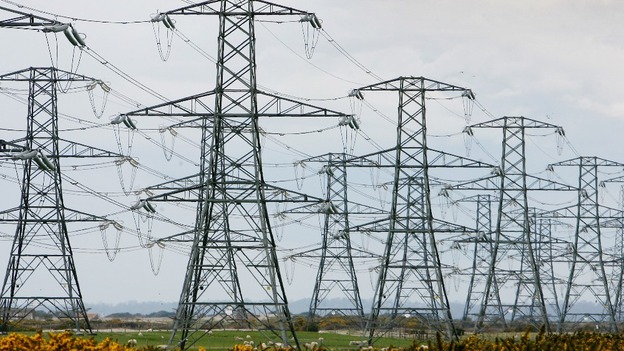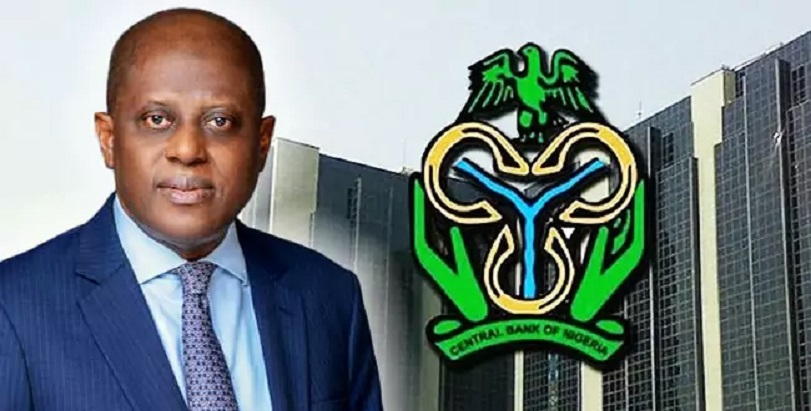By Modupe Gbadeyanka
Renowned rating agency, Moody’s, has expressed fears that Nigeria may find it difficult to improve its ability to generate revenue.
In 2016, when the prices of crude oil in the global market fell, Nigeria, which relied on oil for revenue, went into recession.
However, as prices of the commodity picked up last year, the Africa’s largest market exited recession, though the economy still remains very fragile.
In a report released on Monday, Moody’s Investors Service emphasised that although Nigeria (B2 stable) and Angola’s (B3 stable) economies, external positions and public finances are expected to stabilise, their continued dependence on oil and gas means they will both face a range of challenges in the coming years.
Moody’s pointed out that for Angola, the key issue will be managing its liquidity pressures and higher debt burden alongside further currency devaluation, while for Nigeria, it will be improving its ability to generate revenue.
“Both Nigeria and Angola have seen their credit profiles come under pressure following the oil price shock in 2014,” said Aurélien Mali, a Moody’s Vice President – Senior Credit Officer and co-author of the report. “The rise in hydrocarbon production will support growth in both countries and will help to stabilise their deficits. But revenue generation remains a key weakness for Nigeria, while Angola will find it hard to cut its already sizeable debt load as its kwanza currency continues to depreciate.”
The report, titled ‘Governments of Nigeria and Angola: Angola’s intensifying liquidity risks and rising debt burden underpin weaker credit profile compared to Nigeria,’ disclosed that Nigeria and Angola are two of Sub-Saharan Africa’s largest economies, accounting for close to 40 percent of the nominal GDP of the sovereigns that Moody’s rates in the region.
While increased oil production will support a pick-up in growth in both countries in 2018, they face challenges in attracting more investment in a low oil price environment.
Nigeria has struggled to reform its oil sector, improve the regulatory environment and increase transparency. However, the Angolan authorities have created a predictable and transparent environment for the oil sector compared to Nigeria and other regional peers.
Angola’s main production challenge is its higher costs, meaning higher oil prices are crucial to unlocking future investment.
In 2018, Moody’s expects the higher oil price and fiscal consolidation efforts to contain budget deficits at around 2.6 percent of GDP for Nigeria and around 2 percent for Angola.
Increasing non-oil tax intake remains one of the biggest challenges both countries face in the coming years. The Nigerian authorities’ efforts to increase non-oil revenue since late 2015 have been largely unsuccessful.
Angola’s new administration is also increasing attempts to improve non-oil revenues, for instance, with a new property tax and a planned VAT tax from 2019 onwards.
Nevertheless, Moody’s expects revenues to remain at similar or only slightly higher levels in 2018-19, averaging 7.7 percent of GDP for Nigeria and 19.9 percent for Angola.
Moody’s expects the ongoing currency adjustment will increase Angola’s debt burden to almost 73 percent of GDP by the end 2018, much higher than the B2 median of 41 percent of GDP (2018F). The debt trend is then expected to gradually improve, supported by a combination of average nominal GDP growth between 2018 and 2021 of around 19 percent and the relatively small fiscal deficits.
By contrast, the increase in Nigeria’s debt burden was much slower in recent years and Moody’s expects it to stabilize at around 20 percent of GDP (2018F).
Angola’s largest credit challenges are its sizeable borrowing requirements and liquidity risks. The country’s general government gross borrowing requirements will be 20 percent of GDP in 2018, a significantly higher level than previously thought.
Nigeria’s gross borrowing requirements are lower, estimated at 6.2 percent of GDP in 2018, of which 4 percent of GDP will be funded in the domestic market.






